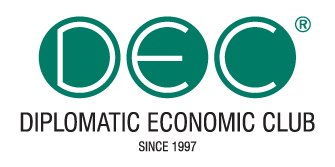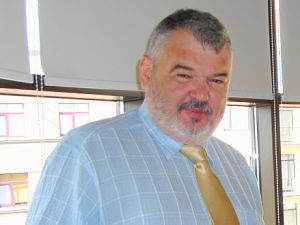A plastic arts exhibition entitled „ISTANBUL IMPRESSIONS“
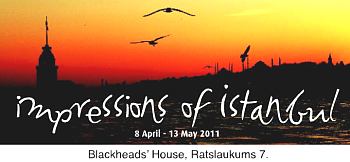
The Turkish Embassy is organizing an exhibition entitled „Impressions of Istanbul“ at the Blackheads House in Riga from 8th April to 13th May 2011 with the participation of 42 Turkish contemporary artists. The exhibition features Istanbul through various perspectives and impressions of the artists, and reveals the cityТs character with highlights of its current daily life as well as its history. The exhibition is intended to help enhance mutual understanding and friendship between the peoples of the two countries. The Agreement on Co-operation in the Fields of Education, Science, Culture and Sports between the Governments of the Republic of Latvia and of the Republic of Turkey constitutes the basic framework for mutual cultural exchanges, including in the field of plastic arts.
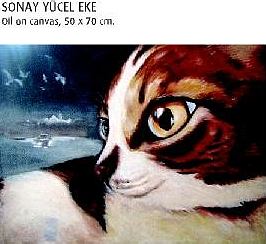
The artists taking part in the exhibition, graduates of 1980s of Mimar Sinan Istanbul Fine Arts Academy, are: Ayca Idil Aba, Lale Acun, Mine Akin, Cigdem Albayrak, Birsen Apca, Ildem Arabacioglu, Mediha Askin, Ali Ayyildiz, Eda Bahadinli, Recep Baydemir, Vildan Baydemir, Fusun Bilginer, Ali Tekin Cam, Munevver Cillov, Aziz Celebi, Seyda Gursoy Coban, Meral Deger, Nazli Gulgun Elitez, Cahide Erel, Serap Gumusoglu, Olcay Guran, Dilara Gurses, Hatice Kumbaraci Gursoz, Birgul Hacıalioglu, Semra Hasgulec, Ayla Imre, Gulcan Karadag, Turkan Karali, Sinan Kocaslan, Merih Kurtul, Nese Meral, Yüksel Boz Ocal, Mehmet Ozcan, Latife Aktan Ozel, Cetin Ozer, Meral Pekun, Erkmen Senan, Nesteren Silivrili, Refika Tarcan, Gunseli Toker, Ferhan Tuncer, Sonay Yucel.
Throughout history, Istanbul has been home to countless societies and cultures. Istanbul retains its rich cosmopolitan character, sometimes concealing and sometimes revealing the evidence of its unrivalled physical and cultural legacy. The city is a living example of the meeting of civilisations. For more than two thousand years the city has captivated humankindТs attention. As the former capital of three successive empires, Roman, Byzantine and Ottoman, Istanbul today honours and preserves the legacy of its past, while looking forward to a modern future.
As a matter of fact, in every phase of its history Anatolia created artistic syntheses, which incorporated memories of diverse cultural origins. Hittite culture had a strong relationship with Mesopotamian civilization. Ionia was more Asiatic than mainland Greece. Persians brought Asiatic ways to the West. Alexander the Great was a conduit of Hellenism to Central Asia, and of Eastern ideas and forms to the West. Roman culture was super-imposed on these cross-cultural developments, resulting in a blend of Eastern and Western traditions in СByzantiumТ, which was carried forward by the Seljuks, the Ottomans and the Republic of Turkey in a continuum.
Turkish painting, prior to Western influence, created outstanding examples principally within the miniature tradition. The portrait of Sultan Mehmet II painted by the early Renaissance Venetian painter Bellini in 1479 in the Western fashion of portraiture was a landmark, given the religious prohibition of the „corporeal“. Traditional miniature painting, manuscript illustration and tile decoration, followed by wall paintings of landscapes and still-lives, paved the way for easel painting in the second half of the 19th century. During this period the Ottoman court acquired a collection of paintings by 19th century European artists. The first generation of Turkish painters studied in Paris, and returned to the Sublime Porte (Ottoman Empire) with their acquired skills. School of Fine Arts was established in 1883, and that for girls in 1914. Contemporary trends started to appear with the „1914 Generation“ The first exhibition abroad was held in 1918 in Vienna.
Mustafa Kemal Atatürk stated that „Culture is the foundation of the Turkish Republic.“ His view of culture encompassed the nationТs creative legacy as well as the best values of human civilization. It stressed personal and universal humanism. „Culture“, he said, „is a basic element in being a person worthy of humanity“. To create the best synthesis he underlined the need for the utilization of all the viable elements in the national heritage, including the ancient indigenous cultures, and the arts and techniques of the entire world civilization, past and present. The visual and plastic arts flourished in Turkey thereafter. Today, Turkish artists see themselves as part of the worldwide movement known as contemporary art, though they retain a personal vision and an interest in their own culture. The excitement of Turkey is that it is both Europe and Asia.

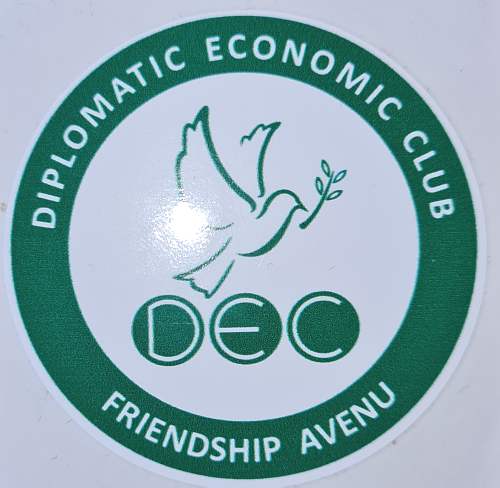 Appeal to world leaders and humanity
Appeal to world leaders and humanity